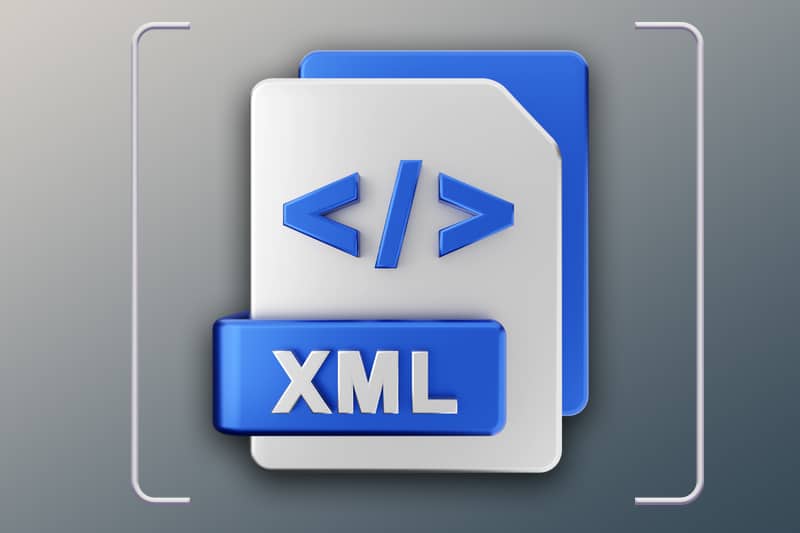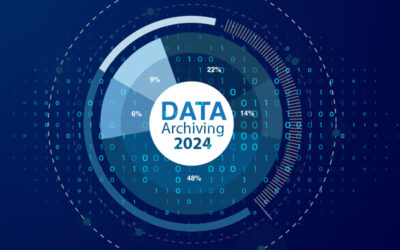In today’s digital age, data conversion is becoming increasingly important as organizations seek to gain valuable business insights from the information they collect. By converting data into the desired format that best suits their needs, businesses can better manage and streamline their operations and improve efficiency. Data conversion services are available to convert paper-based records to digital files or converting data from one software system to another. XML conversion is a preferred choice as it offers many benefits for businesses.
What is XML Conversion?
XML (Extensible Markup Language) is a flexible and widely accepted markup language for describing, formatting, exchanging and reconstructing data in a variety of formats. XML conversion is the process of converting data in one format into XML language. A variety of formats such as Text, Doc, Access, PDF, HTML, XHTML, SGML, and Excel can be converted into XML. The process can involve conversion of data from diverse sources, such as text files, spreadsheets, databases, and other structured data sources.
The key benefits of XML conversion are:
- Widely supported by various platforms: One of the biggest benefits of the XML format is that it is platform-independent. Data in XML format can be accessed and processed on various platforms, including web browsers, mobile devices, and desktop applications.
- Easy to read and understand: XML makes it easier to express metadata in a portable, reusable format. It is an economical and effective format for web publishing. XML is easy to understand and interpret, even for non-technical users.
- Flexible and scalable: XML can be easily manipulated and customized to address specific business requirements. It is useful for everything from documentation to graphics. As it can handle large volumes of data, XML is a suitable format for storing and exchanging data in large systems. XML can transfer data among corporate databases and websites without losing crucial descriptive information and also allows you to customize the presentation of data.
- Data interoperability: XML provides a standard way of representing data, making electronic data more accessible for information interchange, business-to-business transactions, and business-to-consumer transactions.
- Data storage and retrieval: XML stores files in a way that can be easily read by and shared between software applications. The data can be retrieved, searched and sorted using various tools.
- Data validation: Developers can use XML validation to confirm that a document written using XML is well-formed and conforms to a specific format or structure.
5 Business Applications of XML
XML conversion is useful for a wide range of applications and supports seamless exchange of data between different systems and platforms. The common applications of XML include:
- Web Publishing: XML is a versatile, powerful publishing tool. XML files are compatible with all browsers and a wide range of reading platforms, making it a great option for e-publishing. XML enables the creation of interactive pages, allows the user to customize those pages, and makes creating e-commerce applications more intuitive. According to xml.com, an XML-based publishing process offers significant advantages: content defined in XML is platform – and software-independent, and independent of a particular display format. This makes generating multiple formats simpler and also allows the content to be compatible with emerging publication formats.
- Web Development: XML is used to create structured data on websites, including RSS feeds, sitemaps, and web services. As XML stores data in plain text format, it makes data storage and retrieval easier than in databases. XML structures web pages and supports collaboration with other web technologies such as HTML to provide visitors with relevant and consistent data.
- Data Exchange: With XML, you have a standard way to represent data for easy sharing between different systems and applications. XML is used to create Electronic Data Interchange (EDI) documents for exchanging business information between organizations’ databases, web services, and other applications. XML can be used to transfer data between two systems that store the same data in different formats.
- Document Management: By providing a simple text-based format for representing structured information, XML is used for publishing documentation of all kinds and in any output format. It is very useful for storing and managing large volumes of technical manuals, legal documents, and scientific papers. XML makes documents easier to search and retrieve as it enables embedding of structured data and metadata within the documents.
- Mobile App Development: XML is a popular option for mobile app development. XML can be used to define mobile app user interfaces (such as the layout and design of buttons, menus, and other elements), and allows apps to retrieve and display data from remote servers. XML is also used for creating configuration files for apps and software, allowing configuration settings to be maintained in a standardized, structured format.
Why Outsource XML Conversion
XML is a versatile and widely-used markup language that is understandable by both humans and machines. As it effectively supports long-term data storage and exchange, XML is used in a variety of applications and industries.
The process of XML conversion involves several steps, which may differ based on the specific goals of the conversion process:
- Identifying the input data format: First, you need to identify the format of the input data, which may be a text file, spreadsheet, database, or other structured data source.
- Parsing the input data: The next step is parsing the data to extract the relevant information. Tools such as parsers or APIs are used to read the input data and convert it into a machine-readable format.
- Mapping the data to the appropriate XML structure: The parsed data is then mapped to the appropriate XML structure.
- Generating the output XML file: Next, write the mapped data to an XML file. Tools such as XML editors or libraries are used to write the mapped data and generate the XML file.
- Validating the output XML file: The last step involves validating the output XML file. Tools such as XML validators or parsers are used to ensure that the output XML file conforms to the XML schema and is free of errors or discrepancies.
Relying on a professional document conversion company can ensure a smooth, cost-effective XML conversion process. Outsourced XML conversion services can help businesses ensure accurate and consistent output data that complies with relevant standards and specifications.




